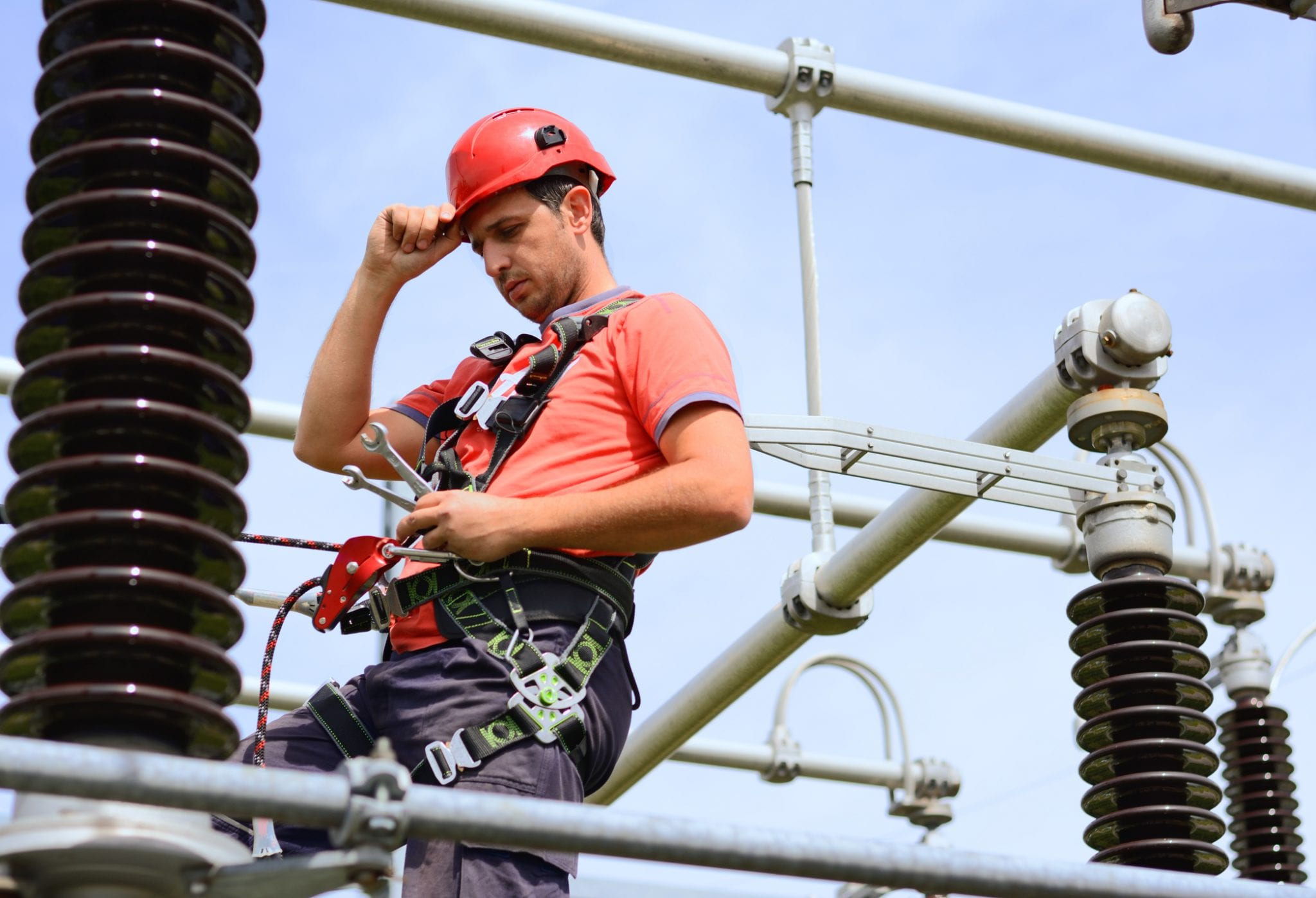
Electrical contractors (ECs) have dangerous jobs by nature since they work around electricity. However, robotics and other kinds of autonomous equipment could help ECs enjoy more safety every day. Here are six ways to implement robotics into the work ECs do.
- Remotely disconnect power sources
ECs know how to work around electricity responsibly, but it’s even better if they can do so at a distance. Eaton offers shunt trip safety switches for electrical power sources that communicate with external sensors.
If the sensors identify unsafe conditions, the switches automatically turn off the power. In addition to enhancing personnel safety, these switches aim to reduce equipment downtime.
- Cut underground wires from a distance
Some robotics applications that improve safety also promote efficiency by allowing the completion of more uniform work. An underground wire-cutting toolfrom Milwaukee Tool is a prime example because it permits a lineman to prepare the cutter and operate it remotely from afar with a wireless remote.
The cutter also has an LED light that indicates when the device has finished cutting, preventing the worker from approaching the area too soon. Additionally, the tool, which works with a hydraulic pump, features a mutually exclusive connection that prevents other intelligent gadgets from also linking to the cutting device and causing it to behave unexpectedly.
- Reduce fatigue
If ECs get tired, the inherent dangers in their jobs can become apparent. Even when they know how to work safely, fatigue can set in and exacerbate the risks. SuitX offers wearable robotic equipment that helps people who carry out repetitive motions such as bending and lifting.
Its ShoulderX product applies an assistive force when the wearer lifts their arms above their head but then makes the force almost nonexistent when the person holds their arms at their sides to rest or reaches for an item stored in a toolbelt.
Although there are many potential uses for ShoulderX, the company lists electrical wiring and other overhead tasks as being easier when people wear it. The design of the gadget is also streamlined to make it suitable for working in confined spaces, and it takes less than a minute to put on or take off. It’s also possible to adjust the amount of support provided based on tasks performed or a person’s fatigue level.
This wearable case study is one example of how robotics can benefit the work humans do instead of replacing it, while improving safety, too.
- Look for downed power lines
When severe weather batters a community, electricians are often among the first on the scene to survey the damage and start repairing fallen power lines to restore electricity to the affected household and business customers. Some methods of looking for the worst-hit areas involve traveling on foot to see where companies need to send their electrical crews first.
It’s not difficult to imagine the risk in that scenario. If companies had not used drones in Puerto Rico to look for downed lines, ECs would have been required to traverse the uneven terrain that’s typical of the tropical, mountainous region on foot, risking ankle sprains or falls. But, authorized pilots operated the drones to find problems and even string new lines over inaccessible terrain.
When ECs use drones to survey the damage before taking action, they can figure out how to best tackle situations without putting their lives at risk. As such, this method boosts safety and allows for improved human resource allocation.
- Prevent electrical shock
Electrical shock is an always-present threat for ECs, but companies develop technologies that reduce the risk. Proxxi is a wearable sensor that automatically vibrates when people get too close to high-voltage electricity.
The sensor also connects to an app and calculates the number of potentially harmful interactions during shifts. So, in addition to helping people avoid in-the-moment risks, it can assist them with tracking unsafe trends.
- Potentially allow ECs avoid some height-related tasks
Utility poles mean electricians and linemen must take part in work that occurs at dangerous heights. They wear safety harnesses to reduce the chances of things going wrong, but accidents still happen.
Scientists built a prototype of a pole-climbing robot intended for power line-related work. It’s not used in real-world settings yet, but the project shows that researchers are examining what’s possible.
Technology that helps ECs work safely and doesn’t replace them
All of the options presented here equip ECs to do their jobs with safer methods and, notably, don’t put those professionals at risk of being replaced by robots.
ECs have specialized skills and expertise. These robotic products allow them to use what they know without facing such significant possibilities for unsafe situations.
Source: Electrical Contractor







